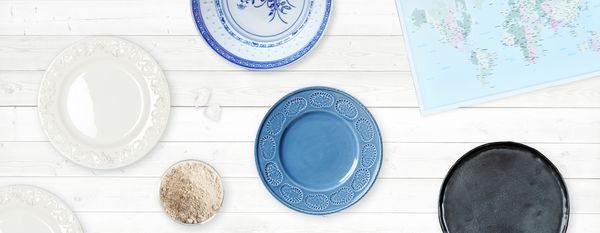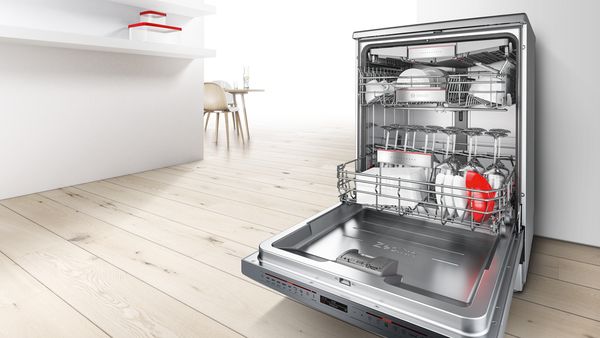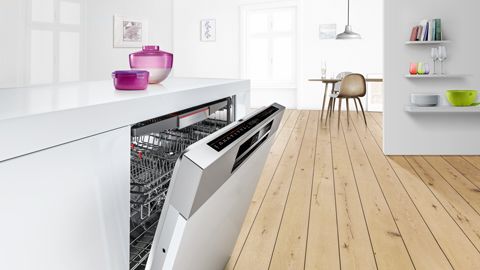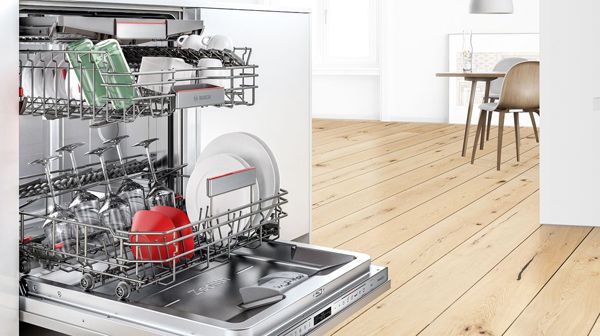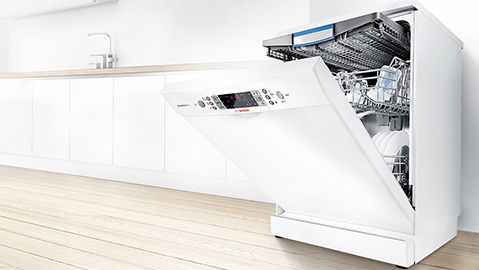Porcelain arrived in Europe 700 years later. The discoverer and adventurer Marco Polo brought the first porcelain objects to Europe around 1300. Porcelain goods were transported to Europe via trade routes and the sea route from the 16th century onwards. Ships of the British, Danish, French, and Swedish fleet delivered over 1 million pieces of Chinese porcelain into European countries. Great amounts of those pieces were brought to the fine homes of Boston, New York, Philadelphia, and Charleston but the method of production was still a mystery. The Saxon King August the Strong, was a particularly big fan. He commissioned Johann Friedrich Böttger and Ehrenfried Walther von Tschirnhaus to crack the code, which they succeeded in doing and produced the first porcelain object in Dresden, Germany, in the year 1708.
Made in China. Since 620.
The history of the porcelain goes back to 7th century China. It’s documented that the Middle Kingdom succeeded in the production of porcelain for the first time in the year 620. A few producers kept the composition and mode of production of the coveted products a secret.
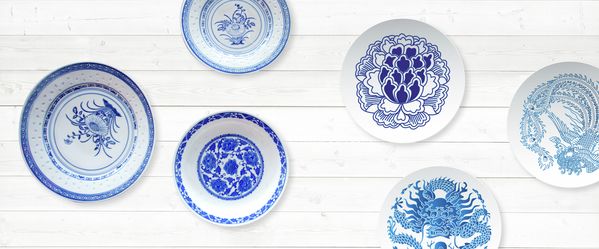
Imitation in Europe: the porcelain code is cracked.
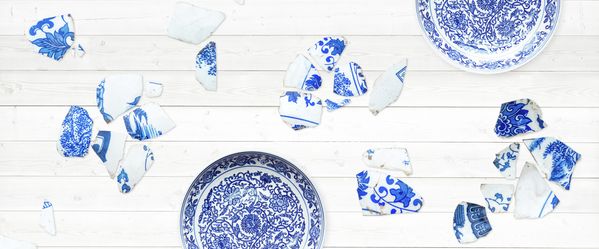
Translating the code.
Porcelain consists of kaolin, quartz and feldspar with water being added during the process. The raw materials are grounded to powder, mixed and then formed into casting moulds or by turning them into discs. These are then fired for the first time, when water evaporates and a porous blank is formed. Porcelain is formed only during the next firing process when the glaze is applied. Porcelain wares can be decorated beneath the glaze using pigments that include cobalt and copper or over the glaze using coloured enamels.
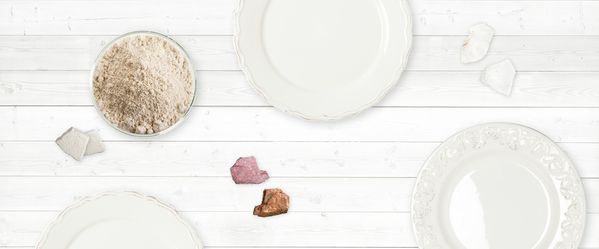
The basis of art: porcelain as a canvas.
The production of porcelain is very elaborate and the artistic decoration and ornaments require a great deal of craftsmanship. Over the centuries, there has been an enormous development of porcelain art painting. First, of course, Chinese art from different porcelain dynasties. The world-famous blue-and-white pattern was characteristic for the European image of Chinese porcelain art. The basic white ware was decorated by blue colour ornaments. Even before applying the glaze, the porcelain was decorated with the colour of cobalt oxide and water. The artistic design depends on many influences: above all, however, different eras. The classification according to the Chinese dynasties of successive imperial houses is therefore very common.
Today, there are still classic and traditional, as well as many modern and even trivial motifs, which are very popular.
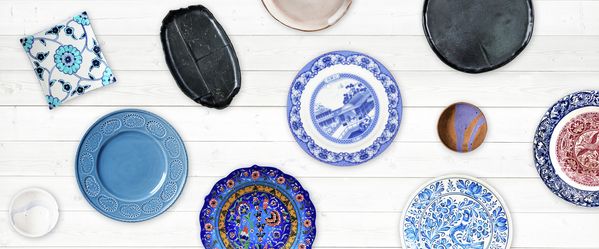
Take care for good.
These beautiful dishes need special treatment due to their value. That’s why it is important to ensure that the cleaning of your porcelain ware is done carefully. A lot of new porcelain is marked as “dishwasher safe”. If, however, yours isn’t so marked, don’t put it in your dishwasher. Wash it by hand instead. And it’s best to avoid the dark scratchy side of sponges.
